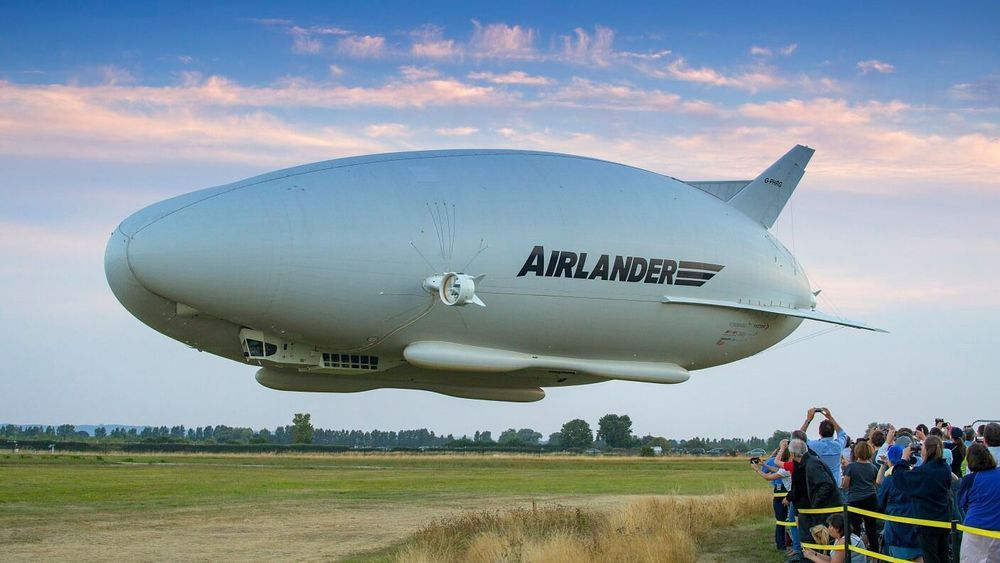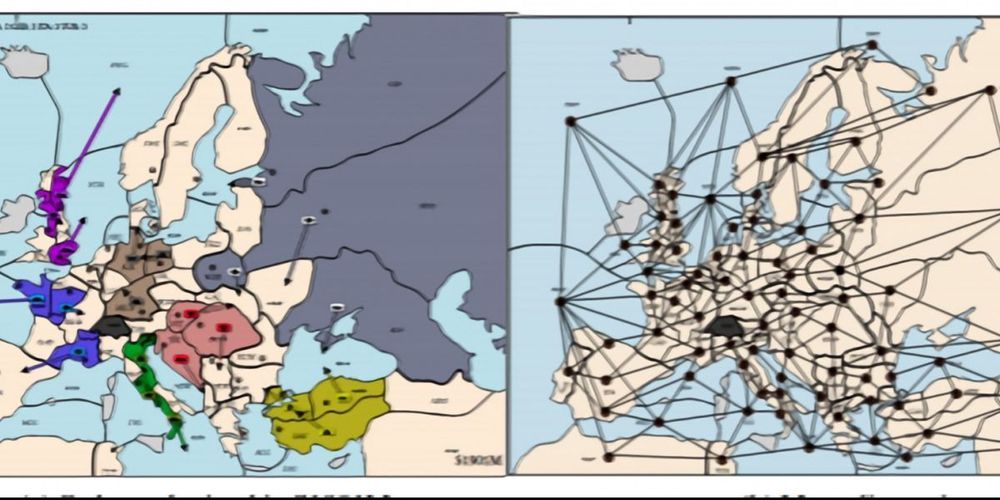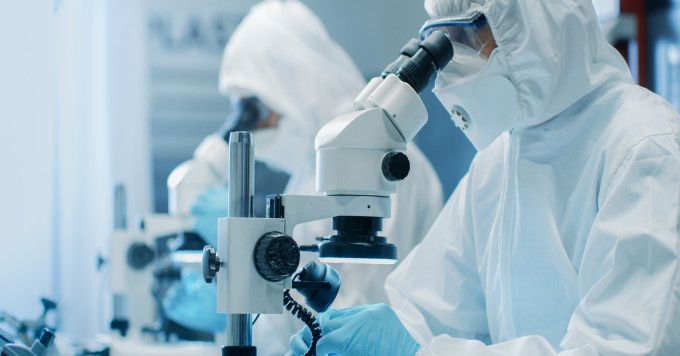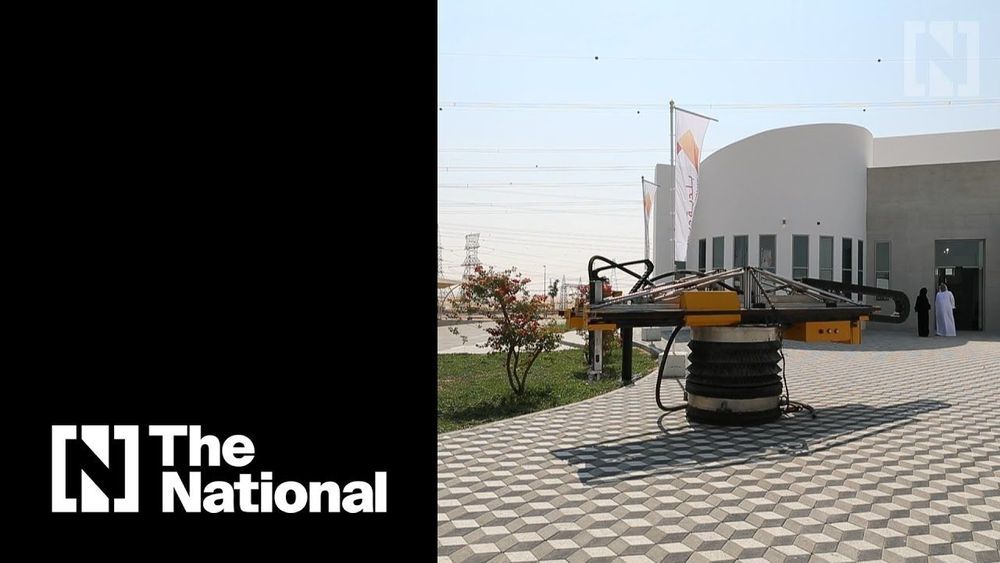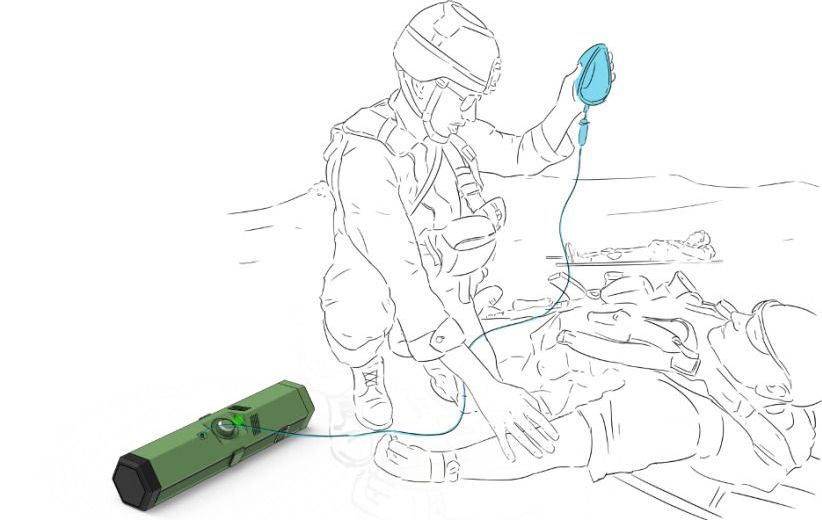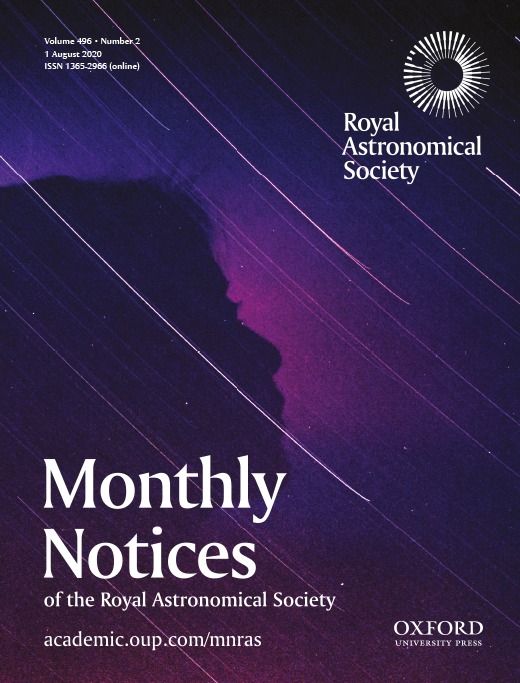Aug 4, 2020
Airships Are No Longer a Relic of the Past; You Could Ride in One by 2023
Posted by Shailesh Prasad in categories: biotech/medical, government
To that end, Barry Prentice, who leads the Canadian company Buoyant Aircraft Systems International, hopes to use airships to transport pre-built structures for schools and housing to remote parts of Canada that lack good roads.
And earlier this year, French airship company Flying Whales (I mean, how can you not adore that name?) received $23 million in funding from the government of Quebec to build cargo-carrying Zeppelins.
Given our current pandemic-dominated reality, it’s hard to imagine a future of seamless global travel of any kind, much less on an airship. But that future will, thankfully, arrive (though when is anyone’s guess). As calls for climate action get louder and the costs associated with airships drop—as the cost of any new technology tends to do with time—we may find ourselves going retro and being ferried across the globe by giant helium-filled balloons.
